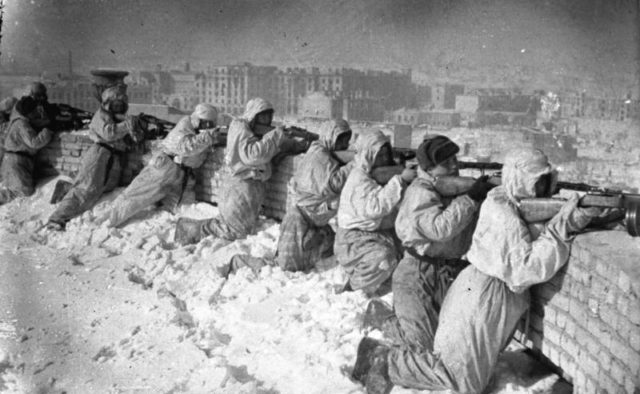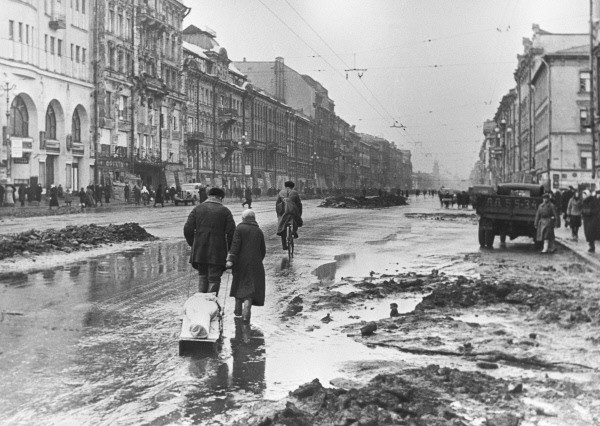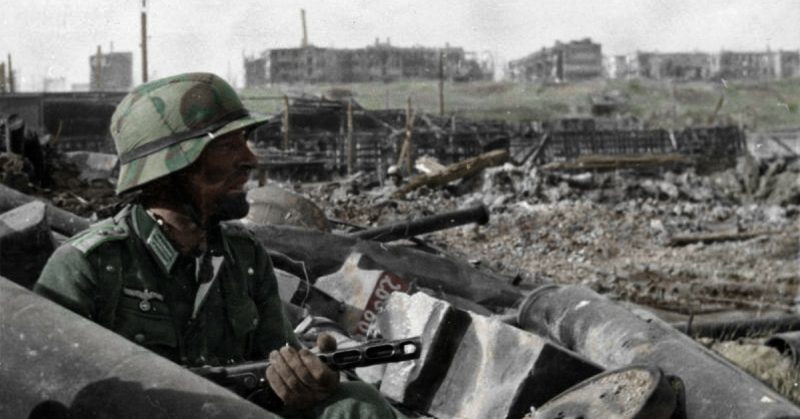Throughout Russia, many people are taking the time to pay tribute to the victims of World War II. One June 22nd, it marked the 75th anniversary of the Nazi Germany invading the Soviet Union. It ignited some of the bloodiest battles in human history known in Russia as the Great Patriotic War.
A woman came to light a candle on the Moskva River embankment. She spoke to RT and said, “I came here today to honor the memory of my two great uncles and my grandparents – who survived the Battle of Stalingrad, the horrors of the concentration camps and the rest of the war. My grandmother told me about the atrocities of WWII, which are still vivid in my mind. They send shivers down my spine and make me burst into tears.”
The war on the Eastern front lasted from June 22nd, 1941, until May 9th, 1945, when Nazi Germany surrendered. In honor of each day of the war, 1,418 candles were lit in Moscow. Another woman in attendance described this as, “A reminder of how hard it was for our ancestors to fight for and restore our shaken country, how they gave up everything for their Motherland.”

According to the official statistics, the war took 26.6 million Soviet Union lives. Overall, more than 8 million died on the frontlines of the war to repel the invasion of Nazi war machine. It was the only way to defeat Nazism. Without a doubt, the Soviet Union suffered the most during WWII with over 75% of the Nazis’ and their allies’ forces in Europe situation on the Eastern Front. The Eastern Front was also where Nazi Germany suffered 74% of their war losses.
On the Eastern Front, the Battle of Stalingrad took place. This was the greatest and bloodiest battle of World War II. More than one million soldiers participated across both sides.
Ultimately, it was the turning point in the European theater of WWII. The Nazis were never able to regain the momentum they had before. The Soviet Army took this military success into the next great Battle of Kursk that started during July/August 1943.
Here, one of the biggest armored battles in history took place; resulting in another Soviet strategic success. After this, there would be no more major Nazi pushes on the Eastern Front.
Soviet civilians also suffered in this war. There were almost 7.5 million civilians deliberately killed by the Nazis who occupied various territories during the war. Another 4.1 million or so died due to awful conditions perpetuated by the regime.

During the Siege of Leningrad, more than 630,000 civilians died from starvation and exposure to the cold. For 872 days, the Nazis and their allies blockaded the city. During the worst part of the blockade, the food ration in the city dwindled to only 125-250 grams of bread per day. It would be difficult to find a Soviet family that did not suffer a loss during the war. Once the war ended, the country was devastated. The agricultural output for the country was 40% compared to pre-war times.
During the ceremony, Russia’s political elite placed wreaths at the Tomb of the Unknown Soldier Memorial, located by the Kremlin wall. Hundreds of thousands of Russians commemorated the WWII heroes and victims on the national day of remembrance and grief.
Approximately, 3,000 people participated in “A candle of memory” in the Russian Urals city of Yekaterinburg. People there also formed a giant word “remember” at one of the squares. The first candle was lit at 3:15 am to commemorate the first Nazi bombs that fell on the city in 1941.
10,000 Muslims from various Russian regions gathered in the city of Kazan to hold a special religious ceremony. It was in remembrance of the victims of the Great Patriotic War. Belarus also held commemorative ceremonies on the same day.
 Photo Credit."
title="October 1942: A German Oberleutnant (1st Lieutenant) with a Soviet PPSh-41 submachine gun in Barrikady factory rubble.
Photo Credit."
title="October 1942: A German Oberleutnant (1st Lieutenant) with a Soviet PPSh-41 submachine gun in Barrikady factory rubble.